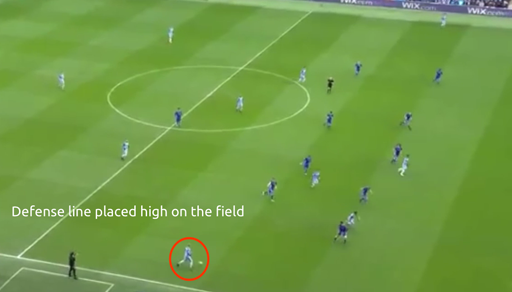WORLD CLASS COACHING
Winning With Inverted Fullbacks - Defending
By Luca Bertolini
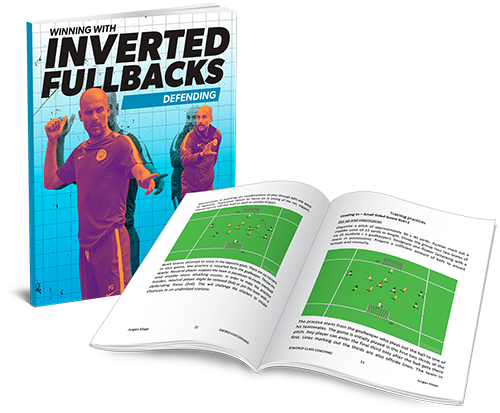
Table of Contents
PART TWO
PREVENT COUNTER-ATTACKS
DEFEND THE BUILD UP
Prevent Counter-Attacks and Defend the Build Up
Prevention of the opposition’s counter attacks and possession phases: the high pressure with equal number of players and the counter pressing
If we talk again about the development of the classic roles of the players on the pitch after the change of idea about the spaces on the field that Bielsa first and then Guardiola inspired during the recent years, like we did in the first volume, we now may say that also the defensive placement of the players does not depend on the role on the pitch, but from the principles of play of the team.
The main differences among all the formations of the starting lines were the defenses with the back four or the back three inside the 1-3-5-2 or the 1-3-4-3.
Let's have a brief look to the common rotations of the players inside the defense lines:
1-4-4-2: the back four stay usually on the same line and they move following their next teammate of the line, both if the defense is placed high or to defend the depth.
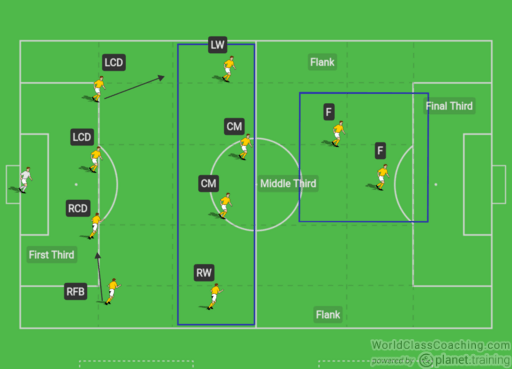
If the center defender runs forward, the other three move toward the center to cover the space and they are placed on two lines; here again, both if the defense is placed high or to defend the depth.
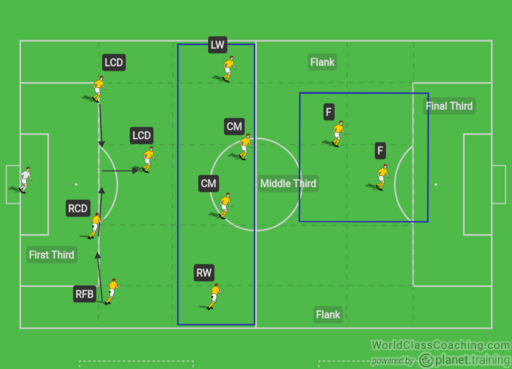
The center midfielders can be placed on the same line, like in the picture, or with a lower and an upper player in the center; but basically, the defensive runs don't change from this point of view.
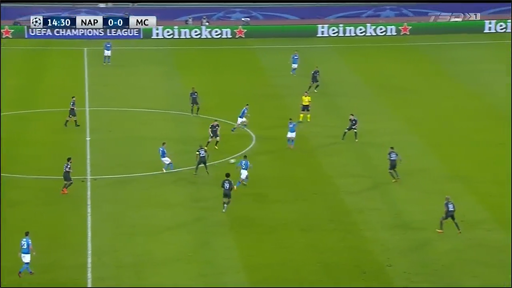
These are interesting positions of the Man City back four; the inverted fullbacks are placed toward the center; their main goal seems to be to close forward passing lanes, rather than to send the opposition toward the side line.
And this is another proof of how the principles of play are more important than the roles; Pep Guardiola uses the inverted fullbacks both with the back four or the back three.
1-4-3-3: the main difference with the 1-4-3-3 formation is in the defense phase of the midfielders and of the forwards, as they usually defend as block both in the middle and on the flanks.
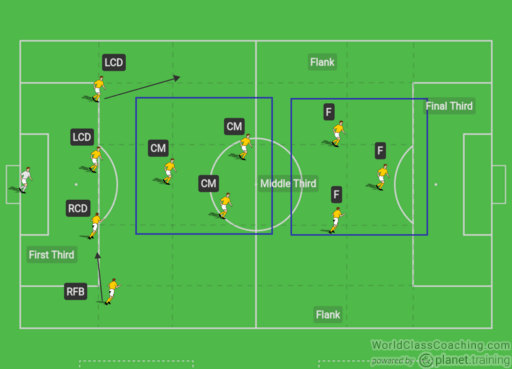
The general moves to defend the width or the depth are almost the same and the midfielders must save the area near the ball as block when the team is on the ball
1-3-5-2: if we look at the back three, generally three center defenders, they are generally helped by the fullbacks or by the wingers on the flanks. We can call them depending on the main attitude to attack or to defend.
When both the wingers play on the line of the defenders, the width is usually covered properly, and they work all together to stop the opposition's attack and forwards higher on the field.
When they are not able to play this way, it could be very difficult to play the transitions to attack when the ball is won back, as almost seven or eight players are placed in the first third, as the three midfielders are supposed to help the defense.
The depth protection is always ensured by the three center defenders.
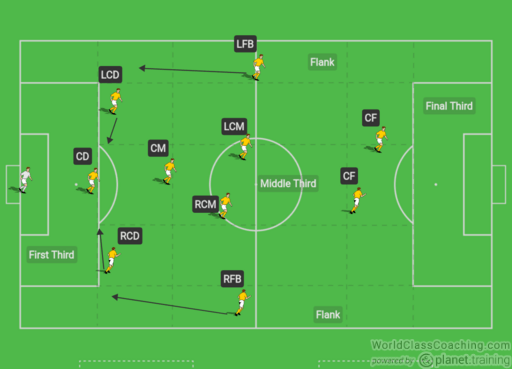
The back three have another usual development, when the defense line evolves in a line of four, with one winger who plays on the same line of the defenders; the width is now usually covered as a defense with four players, depending on the side of attack of the opposition.
The depth protection is ensured by the two center defenders.
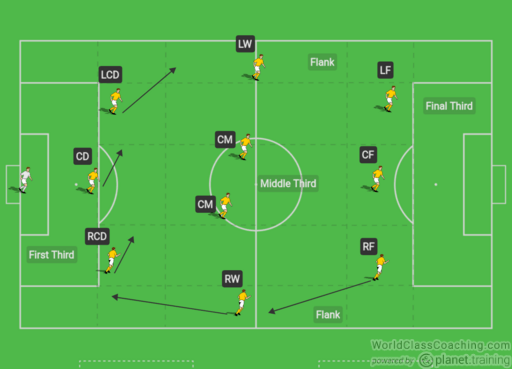
The same process of defense can be found, as general tactic, in the 1-3-4-3 formation, used last season by Antonio Conte's Chelsea. Alonso used to play on the left and Moses on the right sides of the middle third formation, and David Luiz, Azpilicueta and Cahill as the back three.
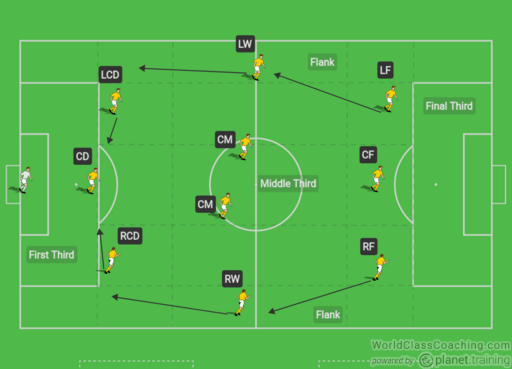
These are two Chelsea's highlights of a Premier League match of last year against Manchester City: from the 1-3-4-3 formation when in possession,
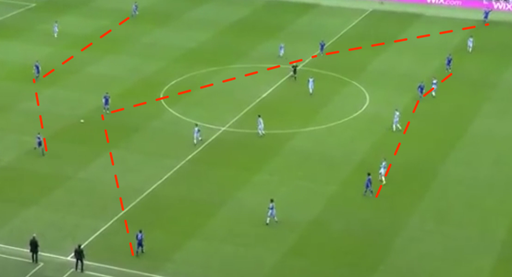
to the 1-5-4-1 formation if the team was not in possession, with the wingers on the line of the defenders and the outer forwards on the same line of the midfielders.
